Has Beastie Boyz Adam Yauch Beat Cancer? UPDATED

As we reported in July 2009, Beasty Boyz member Adam Yauch was diagnosed with salivary gland cancer. He was treated with surgery and radiation in August 2009. In addition to traditional treatment, Yauch credits a vegan diet and Tibetan medicine as playing important roles in becoming well again. In March 2010, Yauch attended a 3-day teaching by the Dalai Lama. He emailed his fans, saying:
“i’m feeling healthy, strong and hopeful that i’ve beaten this thing, but of course time will tell. i’m taking tibetan medicine and at the recommendation of the tibetan doctors i’ve been eating a vegan/organic diet, which surprisingly enough was harder to do in india than it is now that i’m back home. here i can just shop for the right food and cook… a lot easier than depending on restaurants.
when i was in india i visited an ani gompa (a nunnery) called jamyang choling. they did a puja (religious ceremony) for me to help me get well. one nun said to me “we do prayers and then you are better.” so i’ve got that going for me, which is nice.”
Earlier today we reported that Adam Yauch was now cancer-free, based on reports from several media outlets. These reports were based on an interview done by fellow Beastie Boy Mike D., who told BBC’s Radio One, “we’re really happy” about Yauch’s all-clear status. However, Yauch posted a message today on the Beastie Boyz website saying that this was not true-
“Hello My Friends
While I’m grateful for all the positive energy people are sending my way, reports of my being totally cancer free are exaggerated.
I’m continuing treatment, staying optimistic and hoping to be cancer free in the near future.”
Many Americans use complementary and alternative medicine (CAM), a group of diverse medical and health care systems, practices, and products that are not presently considered to be part of conventional medicine, in pursuit of health and well being. Complementary medicine is used together with conventional medicine, and alternative medicine is used in place of conventional medicine. The 2007 National Health Interview Survey (NHIS), which included a comprehensive survey of CAM use by Americans, showed that approximately 38 percent of adults use CAM.
CAM practices are often grouped into broad categories, such as natural products, mind-body medicine, and manipulative and body-based practices.
Natural Products
This area of CAM includes use of a variety of herbal medicines (also known as botanicals), vitamins, minerals, and other “natural products.” Many are sold over the counter as dietary supplements. (Some uses of dietary supplements—e.g., taking a multivitamin to meet minimum daily nutritional requirements or taking calcium to promote bone health—are not thought of as CAM.)
CAM “natural products” also include probiotics- live bacteria (and sometimes yeasts) found in foods such as yogurt or in dietary supplements. These live microorganisms (usually bacteria) are similar to microorganisms normally found in the human digestive tract and that may have beneficial effects. Probiotics are available in foods (e.g., yogurts) or as dietary supplements.
Mind-Body Medicine
Mind-body practices focus on the interactions among the brain, mind, body,and behavior, with the intent to use the mind to affect physical functioning and promote health. Many CAM practices embody this concept in different ways.
- Meditation techniques include specific postures, focused attention, or an open attitude toward distractions. People use meditation to increase calmness and relaxation, improve psychological balance, cope with illness, or enhance overall health and well-being. Meditation is a conscious mental process using certain techniques—such as focusing attention or maintaining a specific posture—to suspend the stream of thoughts and relax the body and mind.
- The various styles of yoga used for health purposes typically combine physical postures, breathing techniques, and meditation or relaxation. People use yoga as part of a general health regimen, and also for a variety of health conditions.
- Acupuncture is a family of procedures involving the stimulation of specific points on the body using a variety of techniques, such as penetrating the skin with needles that are then manipulated by hand or by electrical stimulation. It is one of the key components of traditional Chinese medicine. It is based on the concept that disease results from disruption in the flow of qi and imbalance in the forces of yin and yang. Practices such as herbs, meditation, massage, and acupuncture seek to aid healing by restoring the yin-yang balance and the flow of qi., and is among the oldest healing practices in the world.
Other examples of mind-body practices include deep-breathing exercises, guided imagery, hypnotherapy, progressive relaxation, qi gong, and tai chi. Guided imagery is one of several techniques (such as a series of verbal suggestions) used to guide another person or oneself in imagining sensations—especially in visualizing an image in the mind—to bring about a desired physical response (such as stress reduction). Qi gong is a component of traditional Chinese medicine that combines movement, meditation, and controlled breathing. The intent is to improve blood flow and the flow of qi.
Manipulative and Body-Based Practices
Manipulative and body-based practices focus primarily on the structures and systems of the body, including the bones and joints, soft tissues, and circulatory and lymphatic systems. Two commonly used therapies fall within this category:
- Spinal manipulation: Manipulation may be performed as a part of other therapies or whole medical systems, including chiropractic medicine, massage, and naturopathy. It is performed by chiropractors and by other health care professionals such as physical therapists, osteopaths, and some conventional medical doctors. Practitioners use their hands or a device to apply a controlled force to a joint of the spine, moving it beyond its passive range of motion; the amount of force applied depends on the form of manipulation used. Spinal manipulation is among the treatment options used by people with low-back pain—a very common condition that can be difficult to treat.
- The term massage therapy encompasses many different techniques. In general, therapists press, rub, and otherwise manipulate the muscles and other soft tissues of the body. The aim is to increase the flow of blood and oxygen to the massaged area. People use massage for a variety of health-related purposes, including to relieve pain, rehabilitate sports injuries, reduce stress, increase relaxation, address anxiety and depression, and aid general well-being.
![]() Rigorous, well-designed clinical trials for many CAM therapies are often lacking; therefore, the safety and effectiveness of many CAM therapies are uncertain. The National Institutes of Health, the nation’s largest health research organization, has a specific institute whose mission is to investigate CAM, the National Center for Complimentary and Alternative Medicine (NCCAM). NCCAM sponsors research designed to fill this knowledge gap by building a scientific evidence base about CAM therapies—whether they are safe; and whether they work for the conditions for which people use them and, if so, how they work. NCCAM achieves its mission through basic, translational (“bench-to-bedside”), and clinical research; research capacity building and training; and education and outreach programs.
Rigorous, well-designed clinical trials for many CAM therapies are often lacking; therefore, the safety and effectiveness of many CAM therapies are uncertain. The National Institutes of Health, the nation’s largest health research organization, has a specific institute whose mission is to investigate CAM, the National Center for Complimentary and Alternative Medicine (NCCAM). NCCAM sponsors research designed to fill this knowledge gap by building a scientific evidence base about CAM therapies—whether they are safe; and whether they work for the conditions for which people use them and, if so, how they work. NCCAM achieves its mission through basic, translational (“bench-to-bedside”), and clinical research; research capacity building and training; and education and outreach programs.
The NCCAM website also has some important links for consumers considering CAM- Be an Informed Consumer, as well as resources for health care professionals.
For more information about Complementary and Alternative Medicine, click here to go to the Resounding Health Casebook on the topic.



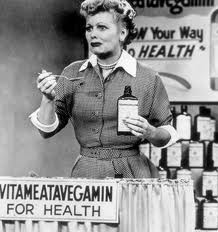

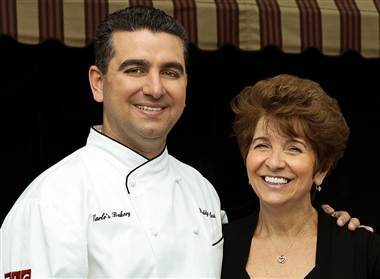

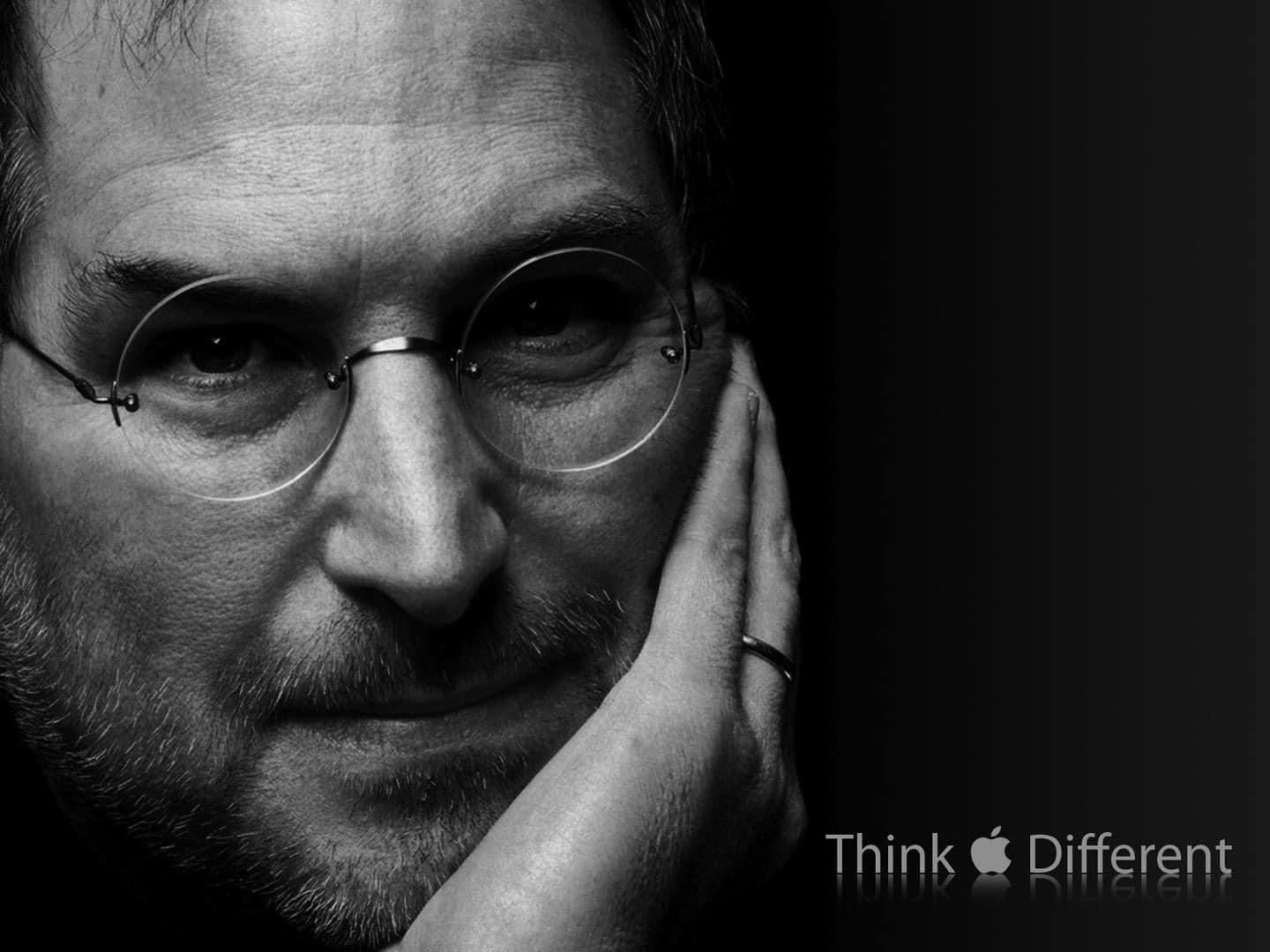





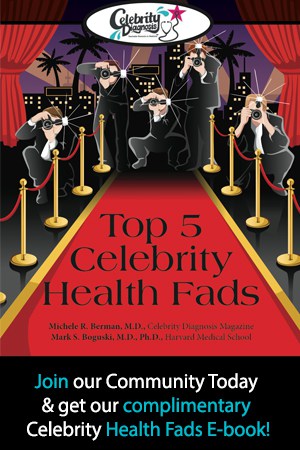
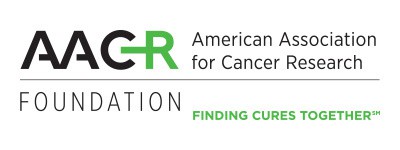

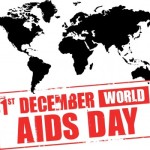
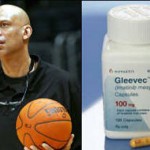






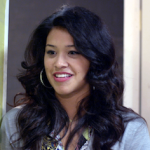
2 Comments